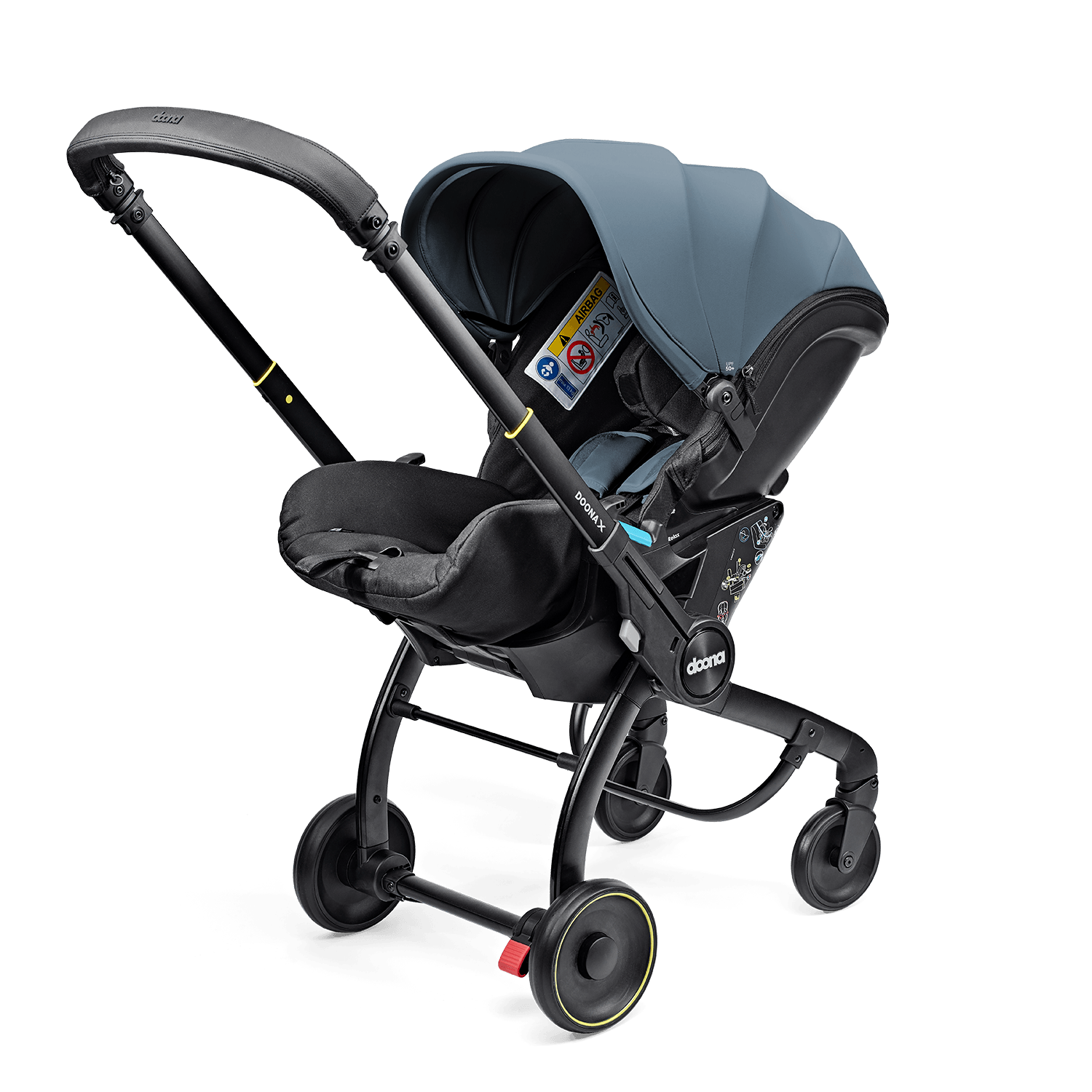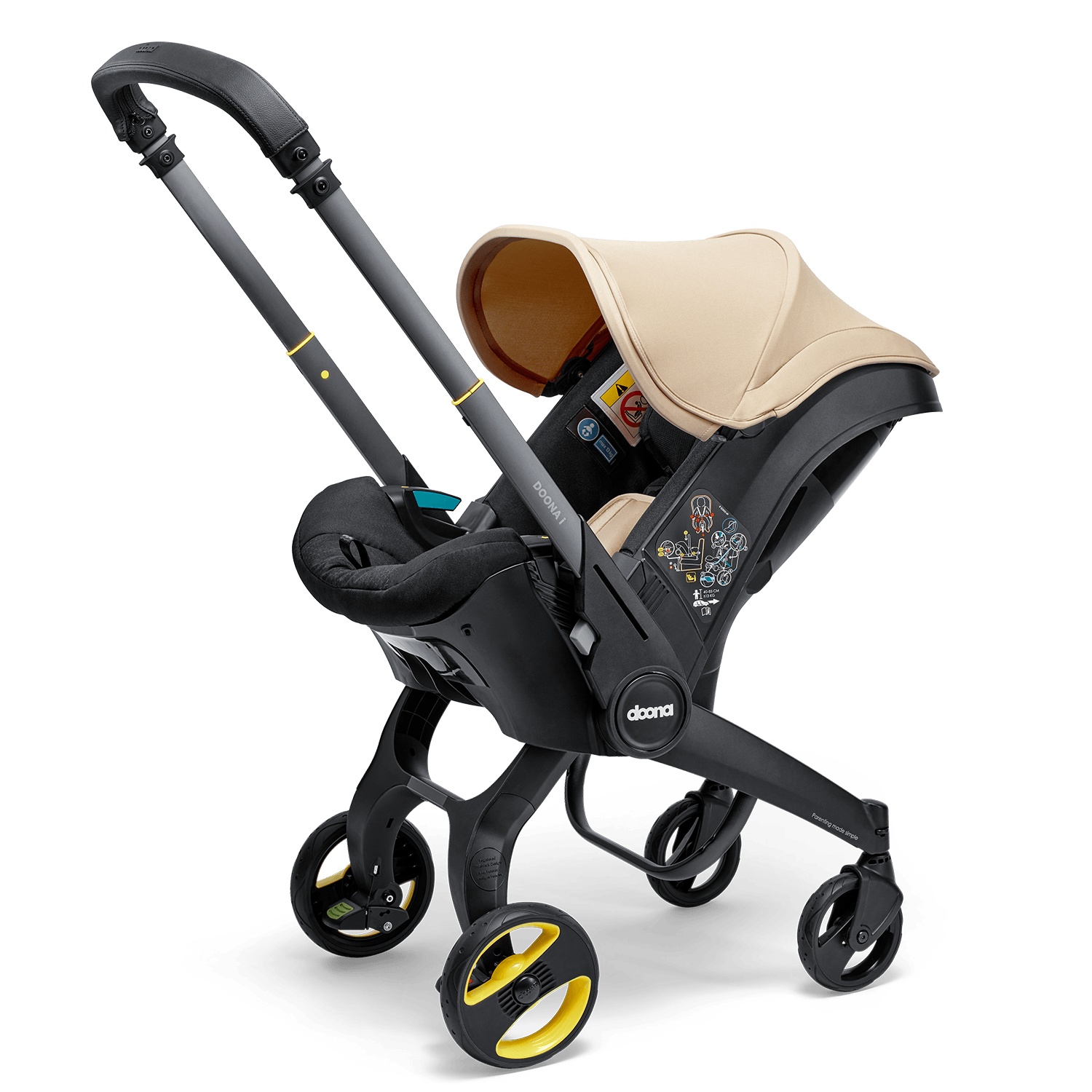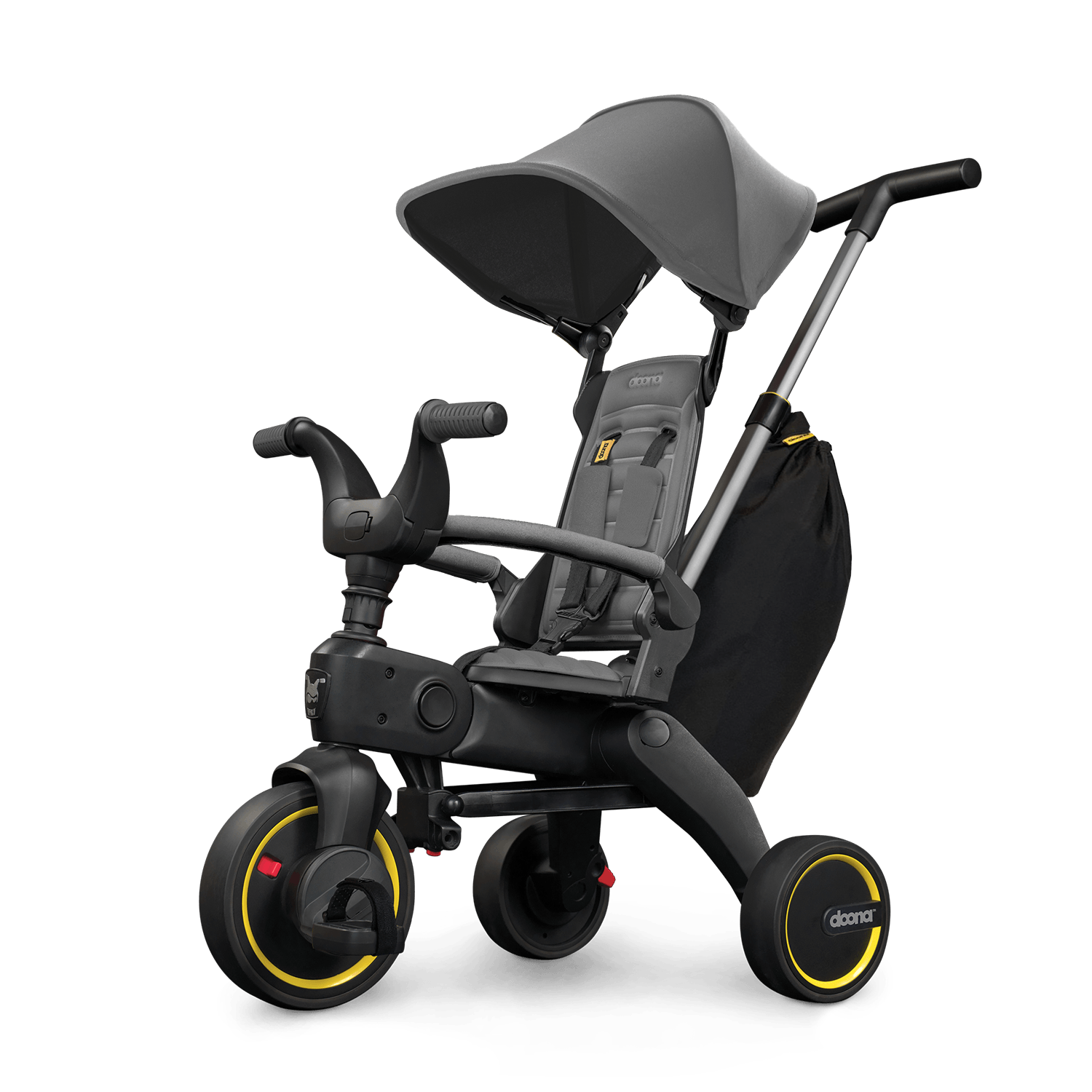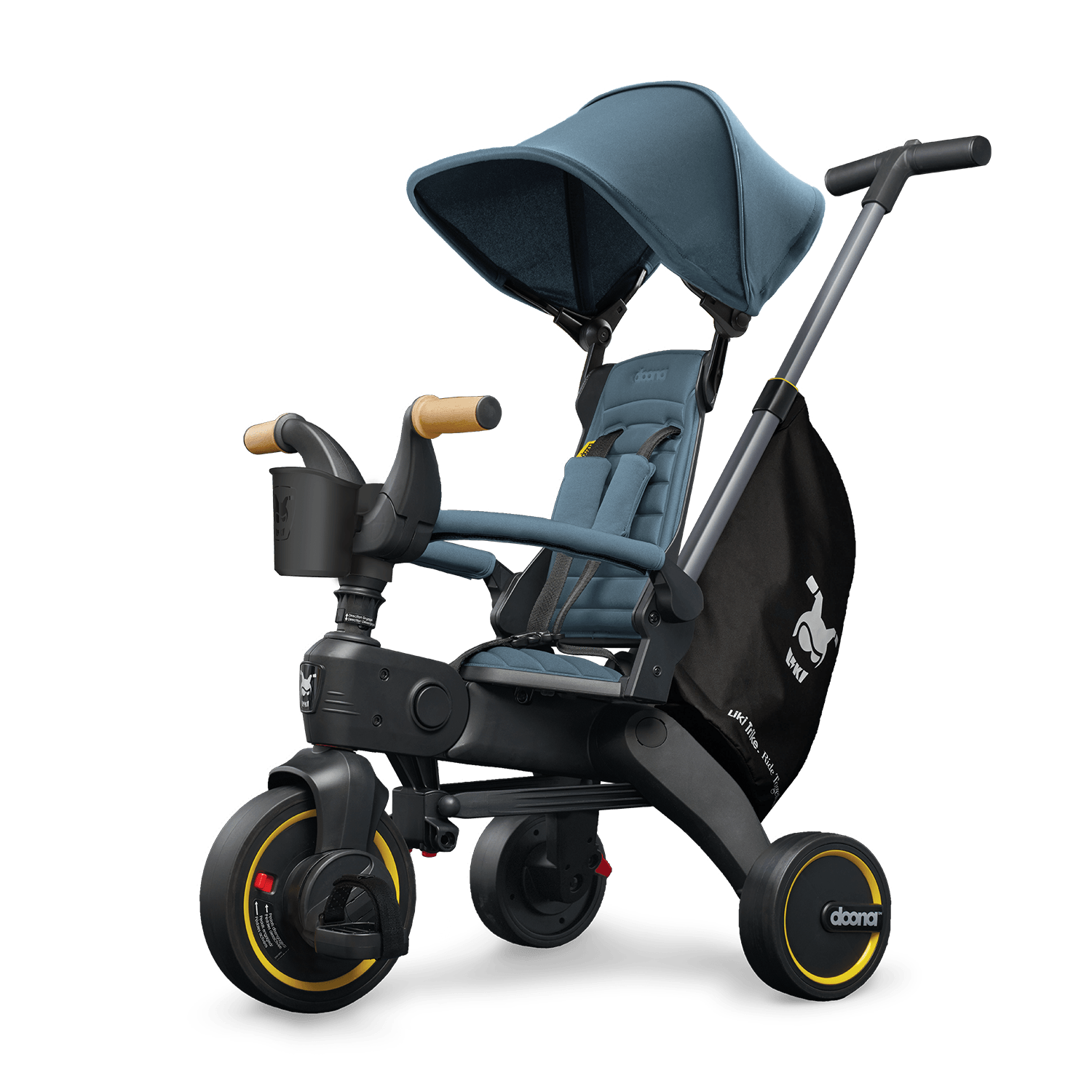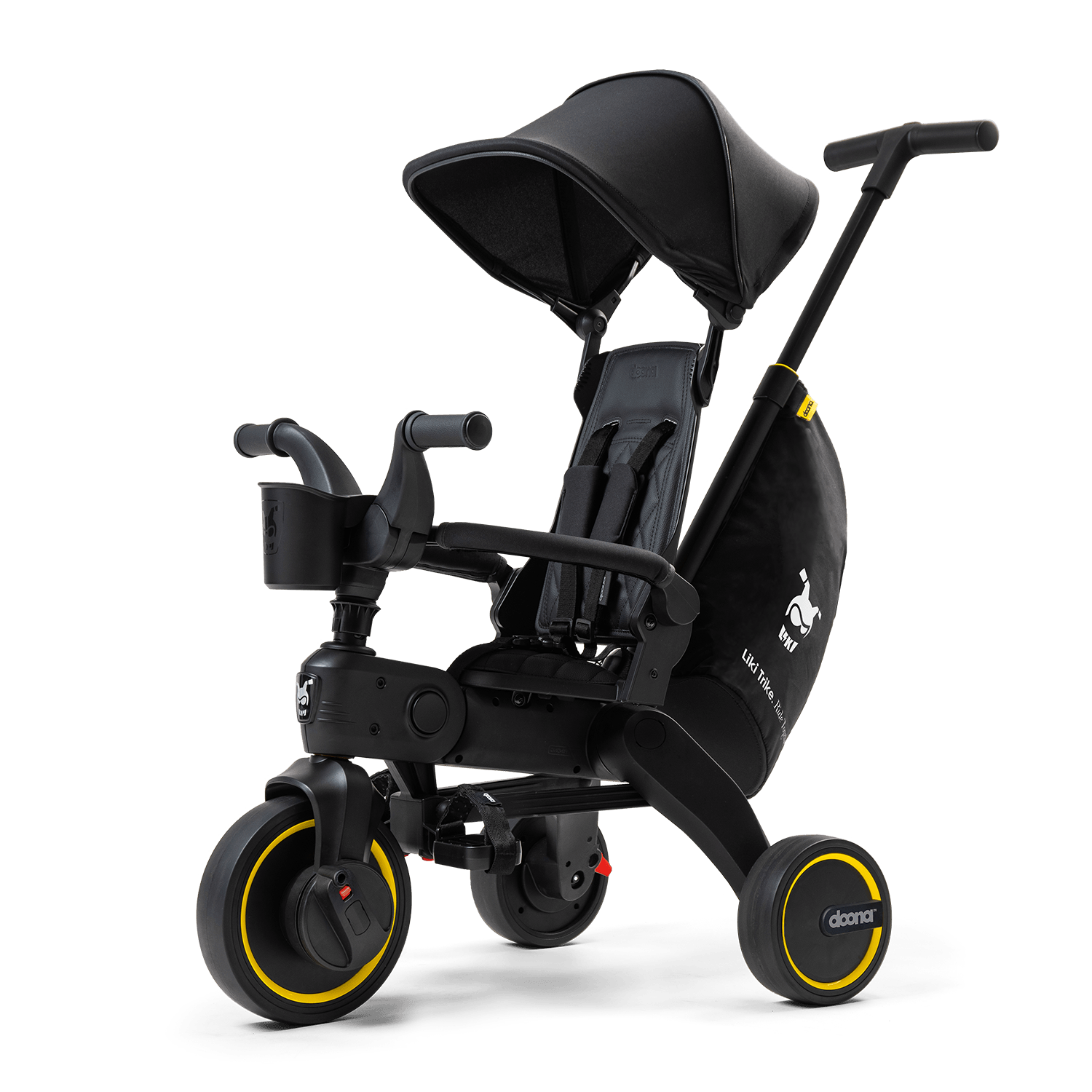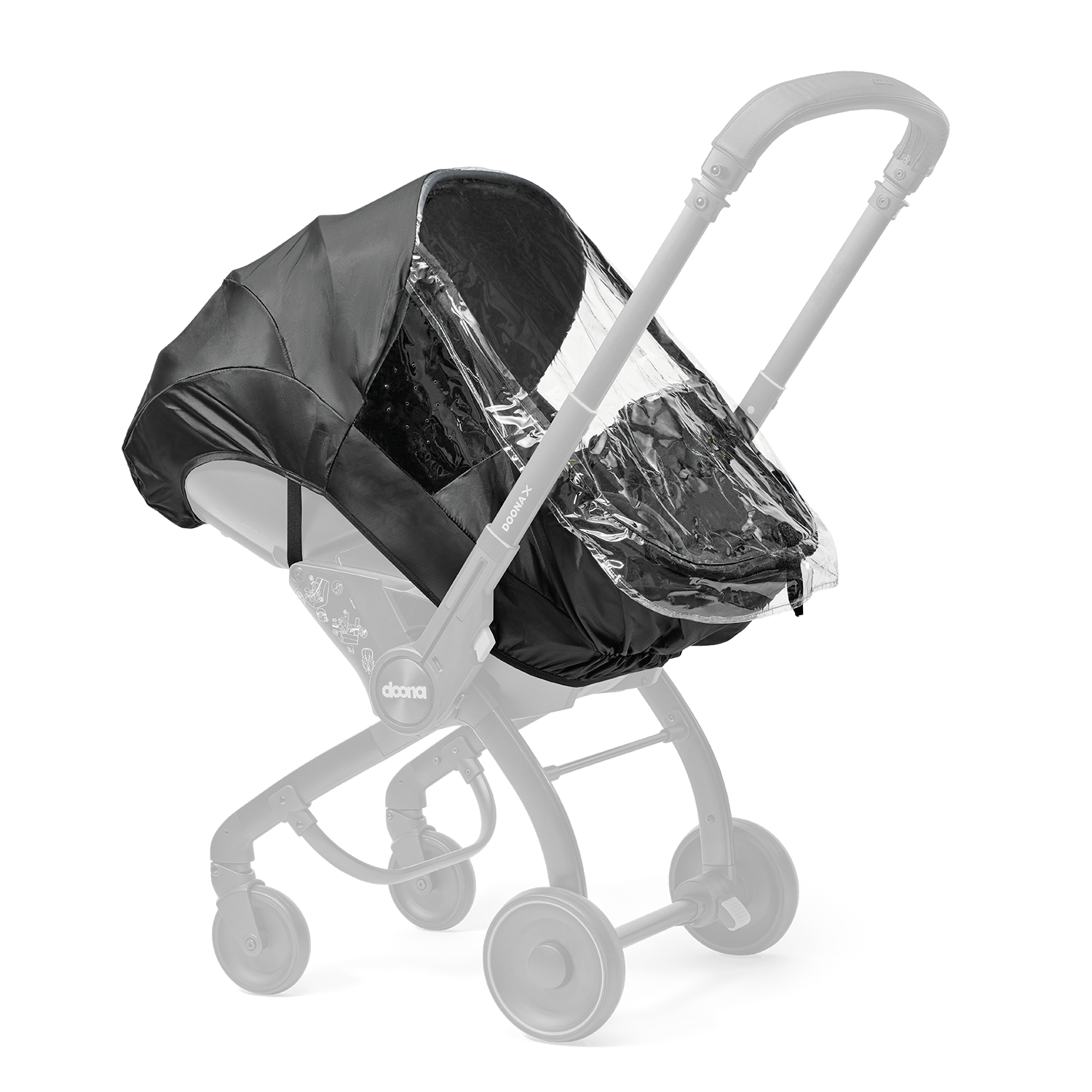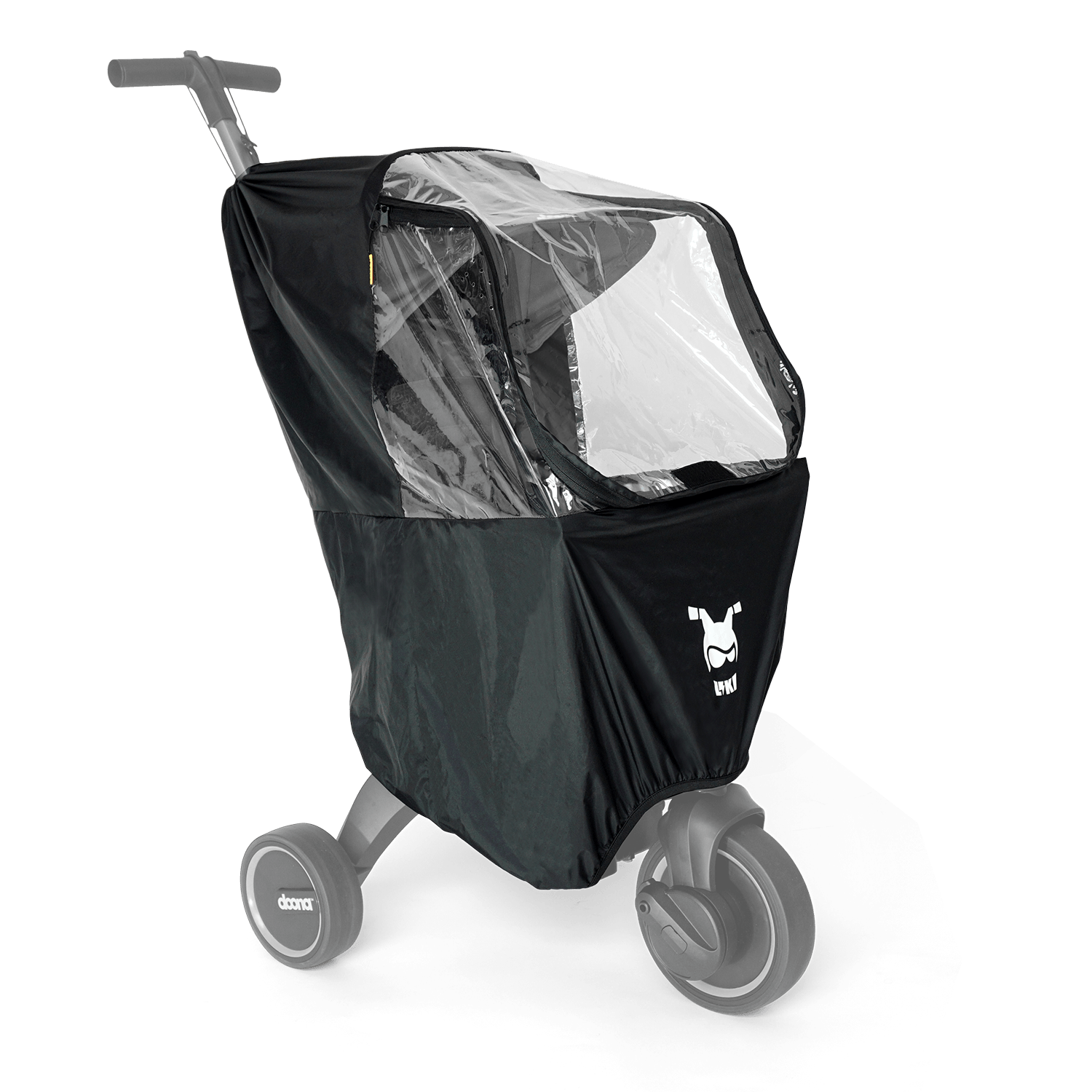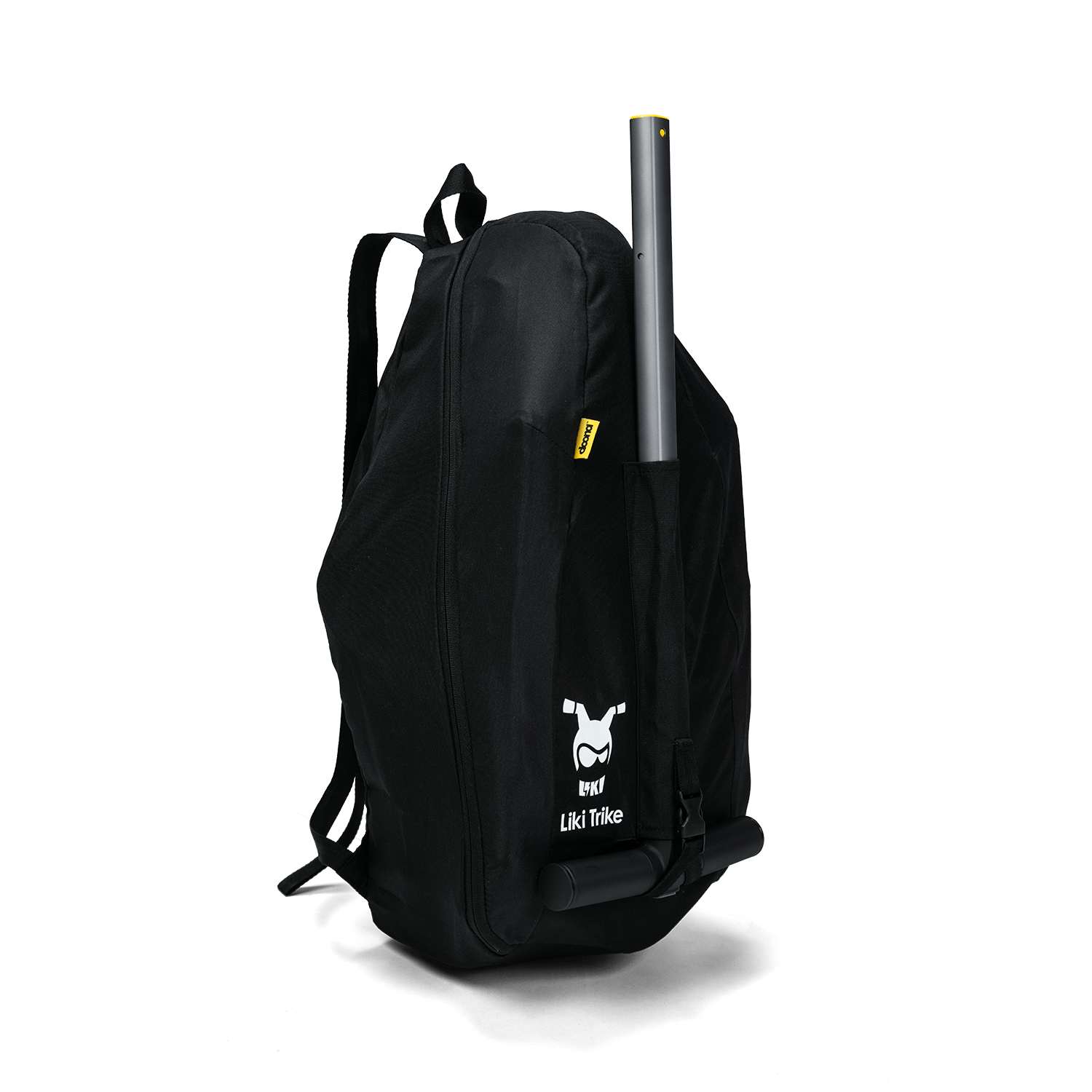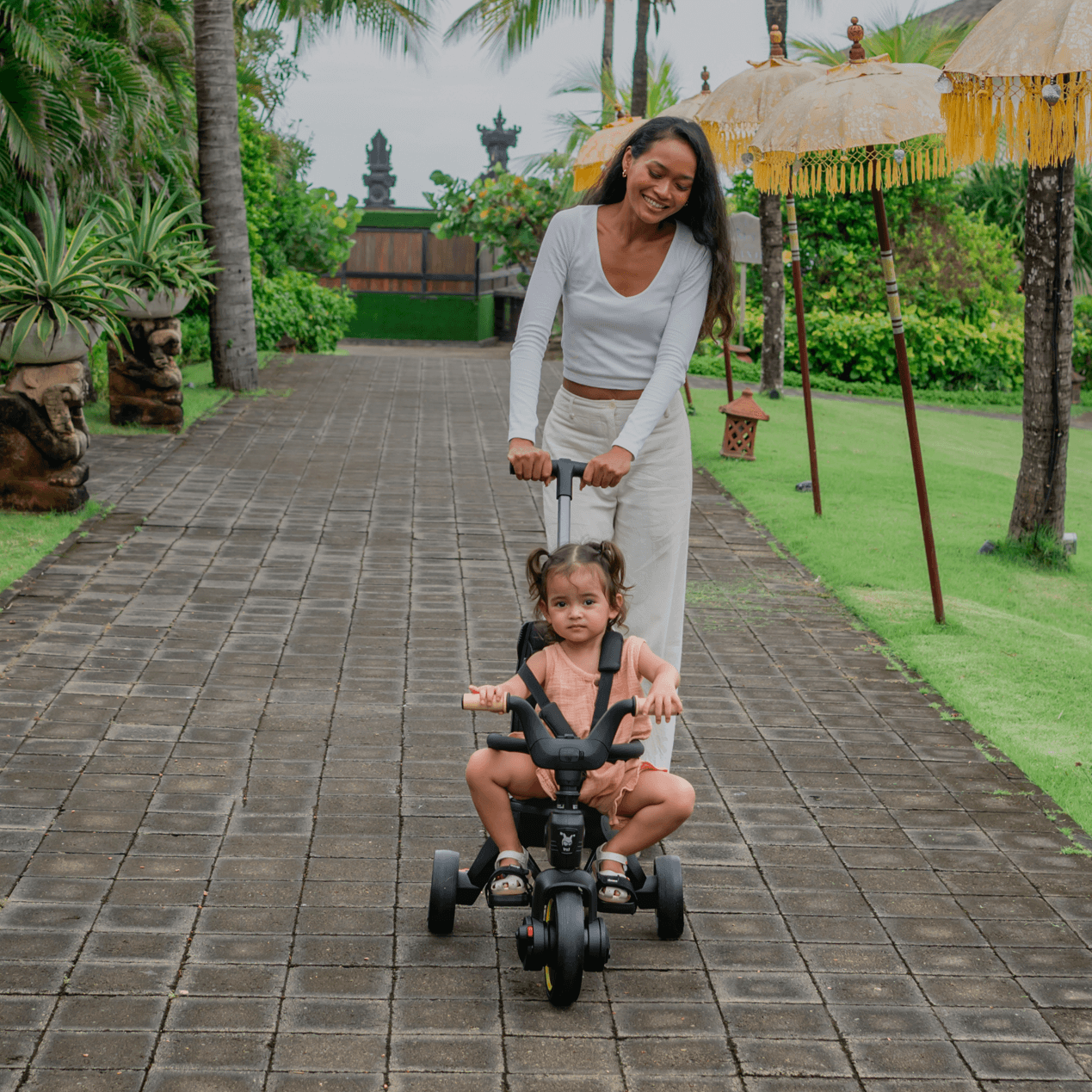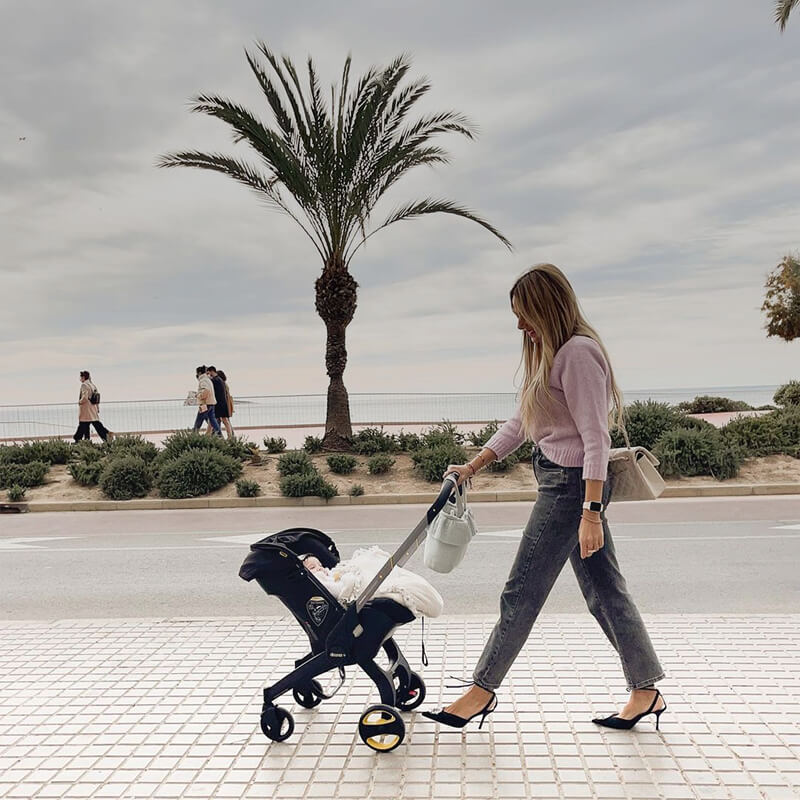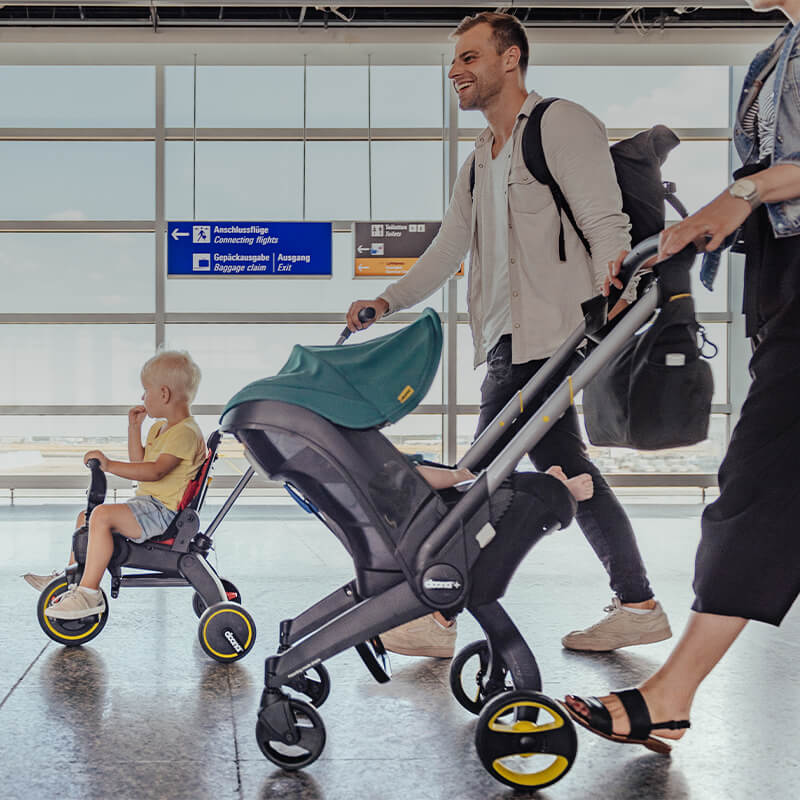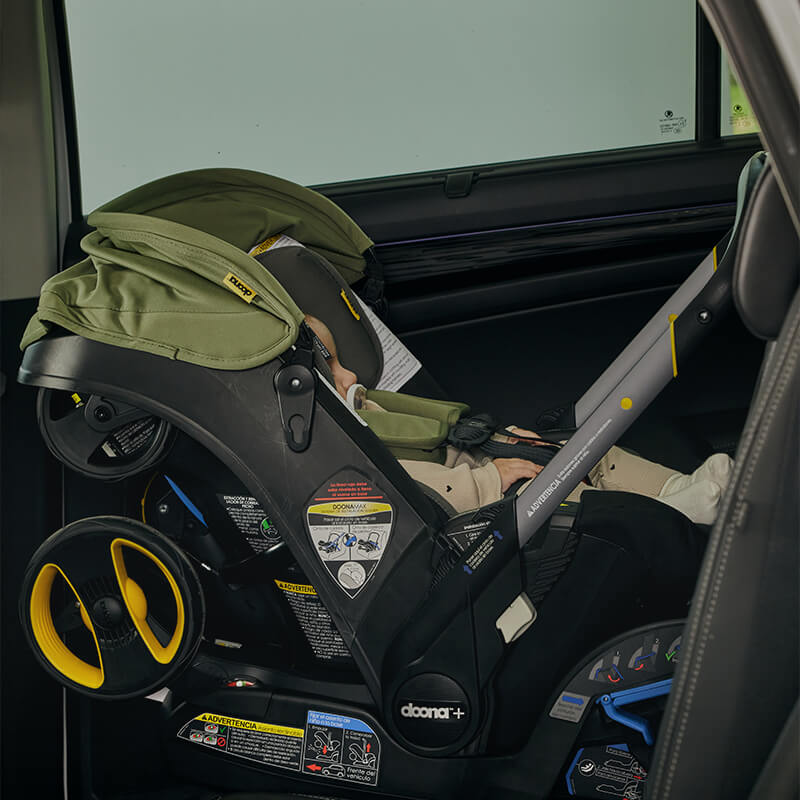How to clean baby toys and why it’s important
From soft plush toys to teethers and rattles, baby toys play a big role in your little one’s development, and they’re often the first things to hit the floor (or go straight into tiny mouths). While playtime is essential, so is keeping those well-loved toys clean. Babies are sensitive, which makes them more susceptible to infections. To help you get in the spirit of spring cleaning, we've outlined why cleaning baby toys is important and how to do it safely and effectively, so you can keep playtime fun and healthy.
Why is it important to disinfect baby toys?
Toys that are dropped on the floor, shared with friends, or taken outside can quickly collect a mix of dust, pet hair, and everyday germs. While most of it is harmless, some bacteria and viruses like those that cause colds, the flu, or hand-foot-mouth disease can linger on surfaces longer than you'd think. According to the Cleveland Clinic, many of these germs can stay on surfaces for hours, days, or even more. Since little ones tend to explore the world with their hands and mouths, it’s a good idea to keep toys clean to help prevent the spread of illness. That said, there’s no need to go overboard—a little cleaning can go a long way!
Doona’s Pediatric Medical Advisor, Dr. Ben P. MD emphasizes the importance of maintaining a balanced approach. “It truly is important to clean baby toys, but it’s also important not to overdo it. Anxiety over hygiene can add to already unhealthy parental anxiety, and many studies have shown that though it’s important to keep the baby’s environment reasonably clean, it’s also beneficial to allow our kids to get a little dirty occasionally. In fact, it can actually reduce the risk for developing allergies, asthma, and related conditions. So hygiene is important, but it should not be overdone. Not every item that touches the floor should be cleaned and disinfected before the baby touches it again.”
As a general rule of thumb, we recommend cleaning new toys before giving them to your child. New toys may have traces of dust or residue from the factory, packaging, or store shelves. While it’s nothing to stress about, a simple wipe-down helps keep things fresh and gives you peace of mind.
Types of toys and their cleaning methods
Baby toys are made with all kinds of different materials, some with higher risks of germ buildup than others. For example, teething toys, bath toys, and toys shared with other children are at a higher risk of harboring germs. Other toys like wooden, plush, or electric toys should still be cleaned when possible but don’t require a washing as often.
We’ve broken down the different toy categories and how to clean each one and when to make it easier for you. Remember that keeping your baby’s toys clean doesn’t have to be a chore, just a quick routine that keeps your little one safer and healthier while they play.
Teething toys
Teething toys go straight into your baby’s mouth and should be cleaned daily. Wash teething toys with warm water and soap, or sterilize in boiling water if the material allows. Silicone and rubber teething toys can usually go in the dishwasher, just make sure to check manufacturer instructions.
Bath toys
Learning how to clean bath toys is especially important, as these are prone to mold and mildew from trapped water. Squeeze out water after each use and allow them to air dry properly. If you can, we recommend cleaning bath toys once a week with a vinegar solution, or a mixture of hot water and baking soda or hydrogen peroxide. Avoid toys that don’t fully dry or have holes, as they can become mold traps. If you have toys with holes, clean the inside with a pipe cleaner or brush after soaking. You can also fill the hole with hot glue to prevent water from getting trapped inside. Try to keep your bathroom door or windows open to increase airflow and prevent humidity and mold growth.
Plush toys or stuffed animals
Soft and cozy toys should be cleaned once a week, as they can harbor dust mites and bacteria, especially if your baby sleeps with them. Machine wash plush toys and stuffed animals on a gentle cycle with baby safe detergent, then air dry or tumble dry on low heat. For delicate plushies, spot clean with warm soapy water and a cloth.
Plastic toys
Plastic toys are the easiest to clean. Depending on how often they’re used, soak plastic toys every other week to once a month with warm water and mild soap. For a deeper clean, soak in a mixture of water and white vinegar (1:1 ratio) or run them through the top rack of the dishwasher. Just make sure they are dishwasher safe.
Wooden toys
Wood is naturally antimicrobial, but it can still collect dirt and grime. Wipe wooden toys with a damp cloth and mild soap. Avoid soaking them, as too much water can cause the wood to warp or crack, which could cause splintering. Let them air dry completely before storing.
Electric or battery-operated toys
Electric toys require careful cleaning to avoid damage. Remove batteries, then wipe the surface with a damp cloth with soap and water or a baby safe disinfectant. Avoid soaking these in water or letting moisture get inside any openings. Let them dry completely before reinserting the batteries.
At the end of the day, trust your instincts. Some situations, like when your baby is sick or when pets play favorites with toys may call for more frequent cleaning. Other times, you might need to toss certain toys. Remember a balanced approach is always ideal. These tips are here to help you feel confident and support you in providing a safe environment for your child.
At Doona, we’re always trying our very best to make parenting simpler for every family. Which is also why we’ve created our innovative and revolutionary Doona Car Seat & Stroller which transforms from a car seat to a stroller in the click of a button; and Liki Trike — the most compact folding toddler trike on the market that grows alongside toddlers with five modes of use.
